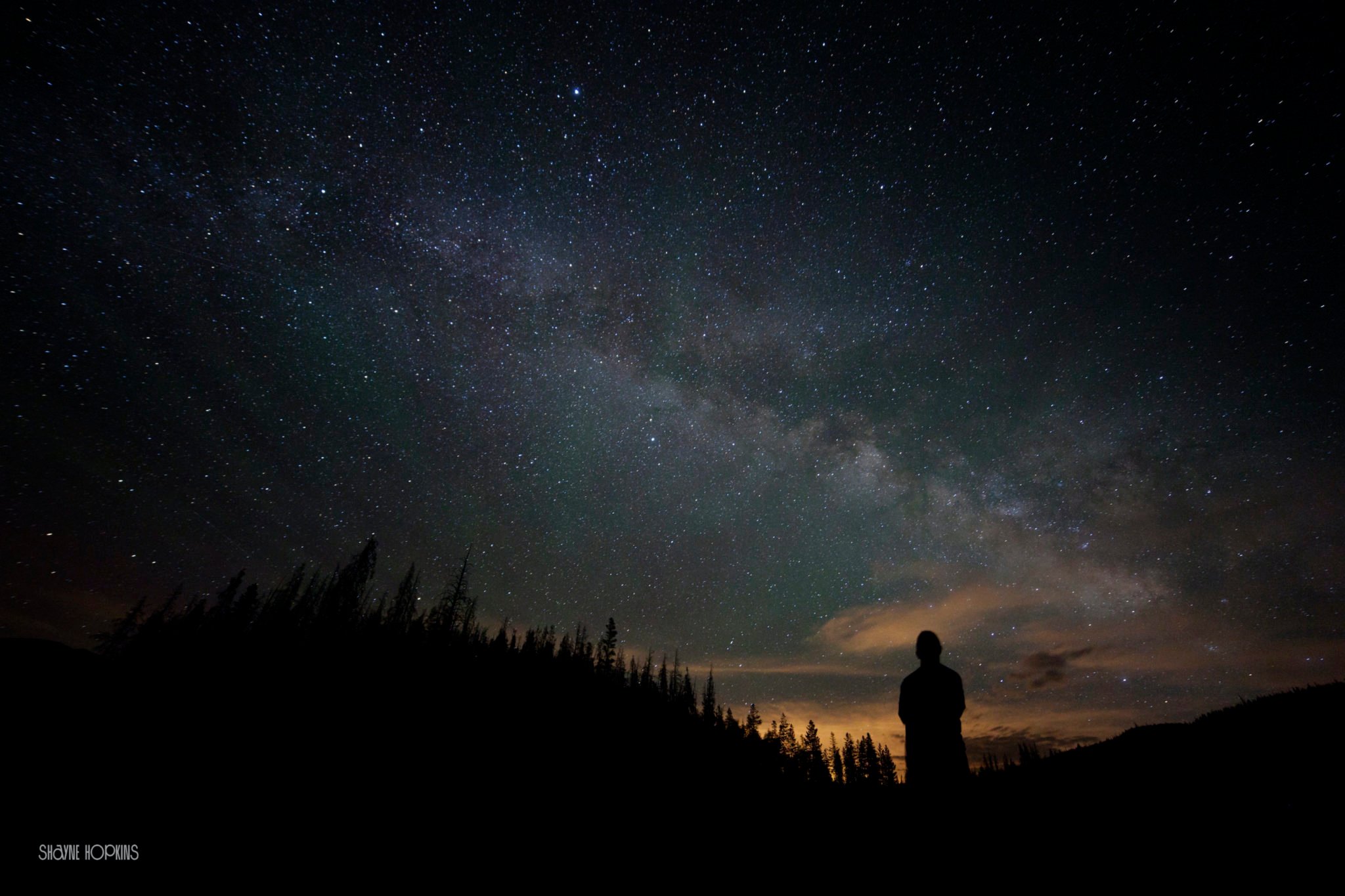Look up at the sky during sunset tonight and tomorrow—five planets will be visible from anywhere on Earth, including from the Washington, DC, area.
Some of the planets may be easier to see than others, according to Principal Faculty Specialist and Director of the University of Maryland Observatory Elizabeth Warner. Jupiter will be brightest, and Mercury will be very close to it. However, they’ll both be sitting close to the horizon, so you’ll be on a time crunch to sneak a peek. They’ll set about 15 to 30 minutes after the sun, so around 7:45 PM will be your best chance to catch a glimpse.
Warner’s tip: Look west or southwest and line your fist up with the horizon. The two planets should be about that far above the horizon.
Venus, Mars, and Uranus will be further above the horizon. Venus will be bright and easy to spot, while Uranus will be very faint and difficult to see. One helpful measurement to find the planets will be the moon. The moon will be below Mars tonight but will “dance past” it and be above it by tomorrow evening, Warner says.
If you don’t see them tonight or tomorrow, some planets will be visible for a few more weeks. Around March 30, Venus and Uranus will be neighboring each other. By April 22, Mercury and Uranus will be within “binocular view,” which is close enough to see in the same frame with binoculars.
Like any stargazing experience, clear skies and an unobstructed view will be key. To capture actually good photos of the sky on your phone, Warner has some tips. First, figure out your nighttime settings before heading out. The longer the exposure time the better. Second, always use a tripod to reduce camera shake.















